Why wild bees matter, and how we can all help save them
To make our ecosystems as resilient as possible, we need species diversity – and that includes bees. Here, conservation biologist Sheila Colla explains their main threats and what we need to do.
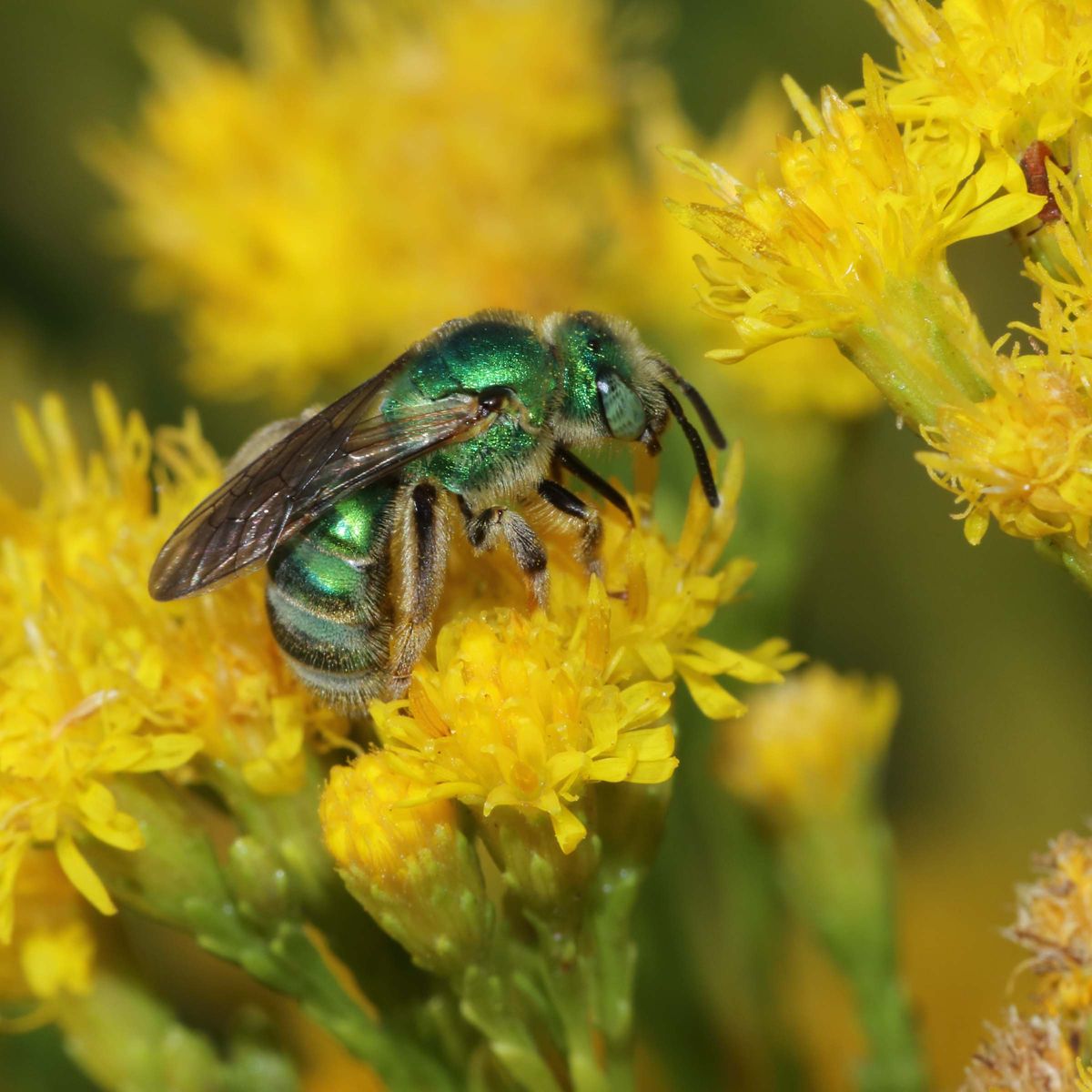
If you grew up thinking all bees are yellow and black, make honey and live in hives, you’re not alone. Honeybees produce something humans value and love, so it’s no wonder they’ve dominated the discourse when it comes to these proverbially busy insects.
But the bee world is so much more diverse than that. There are bumblebees, sweat bees, leafcutter bees, mason bees, carpenter bees and more, with each species playing out its own role in the ecosystem.
Unfortunately, many wild bees are in trouble. Habitat loss and pesticides are a factor, but the two biggest threats are climate change and disease. For a number of species, the outlook is grim.
The good news is, grim doesn’t mean doomed. There’s a lot we can all be doing to reduce threats and make the planet more hospitable to these and other pollinators.
To find out what will really make a difference, we spoke with Sheila Colla, associate professor in the Faculty of Environmental & Urban Change at York University in Toronto. Colla is a conservation biologist who literally wrote the book on bees: She co-authored the guidebook Bumble Bees of North America.

This year, Colla teamed up with gardening writer Lorraine Johnson and illustrator Ann Sanderson to publish A Garden for the Rusty-Patched Bumblebee: Creating Habitat for Native Pollinators. Aimed at readers in Ontario and around the Great Lakes, the book delves into the bee species in this ecoregion and the plants they evolved to coexist with, and shows people how to garden to help support these plant-insect relationships.
We asked Colla all our burning questions about wild bees, agricultural bees and what the average person can really do to make a difference. Here’s what she told us.
How did this book come to be, and why are you involved in it?
It's been such a weird thing to study bee conservation. I started in 2003, 2004, before it was a thing. Then with colony collapse disorder it became something on the public's radar. Every year I think there's going to be another big thing, but people are consistently very passionate about saving the bees. So my research area went from totally obscure to something that everyone talks about and is on the news regularly. The book was a way to add more complexity and get people to start pulling together some of the different concepts in a way that's accessible.
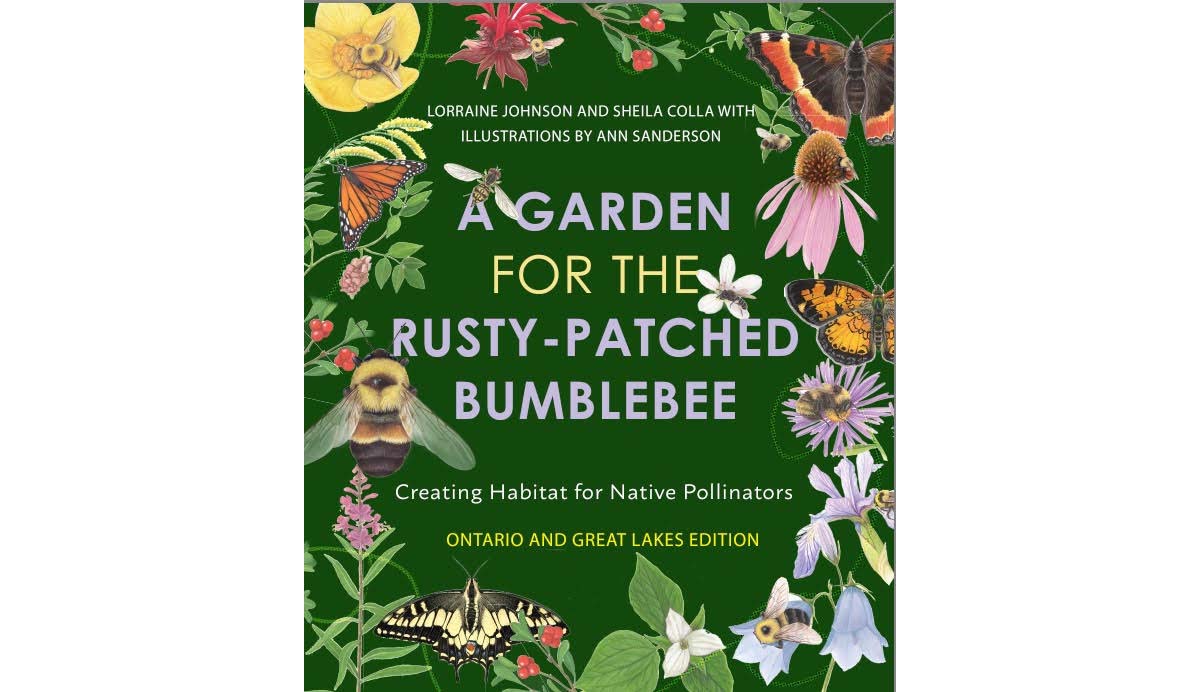
The book is named for the rusty-patched bumblebee. Can you tell me about that species?
When I was an undergrad I was working with a PhD student at the University of Toronto, going out and observing bumblebees in the wild. We noticed that in all our surveys over multiple years, we were missing a species called the rusty-patched bumblebee, which in the '70s was actually one of the most common species. If you had 100 bumblebees in front of you in southern Ontario in the '70s, 15 of them would have been the rusty-patched bumblebee. We were collecting hundreds of bumblebees and not finding this one species.
I decided to do my PhD to try to figure out what happened with this bee. I looked for the rusty-patched bumblebee throughout its range. I sampled in the same area that was sampled in the '70s and found it almost nowhere. I did find one individual in 2005 and one in 2009, both at Pinery Provincial Park on the shores of Lake Huron. The 2005 specimen I found in my jar at the end of the day. The 2009 specimen was foraging on the side of the road. And that's the last record known to Canada.
Are there any in the United States, or is that it?
In the U.S., now that more people are looking for it, we've had a few populations found. Minnesota, Illinois and Wisconsin seem to have populations that show up year after year. But it's mostly disappeared from the southeastern portion of its range and all of its Canadian range, which is southern Ontario and southern Quebec. It's really now only found in the Midwest. And even then it's not super common. There are just populations that are hanging on.
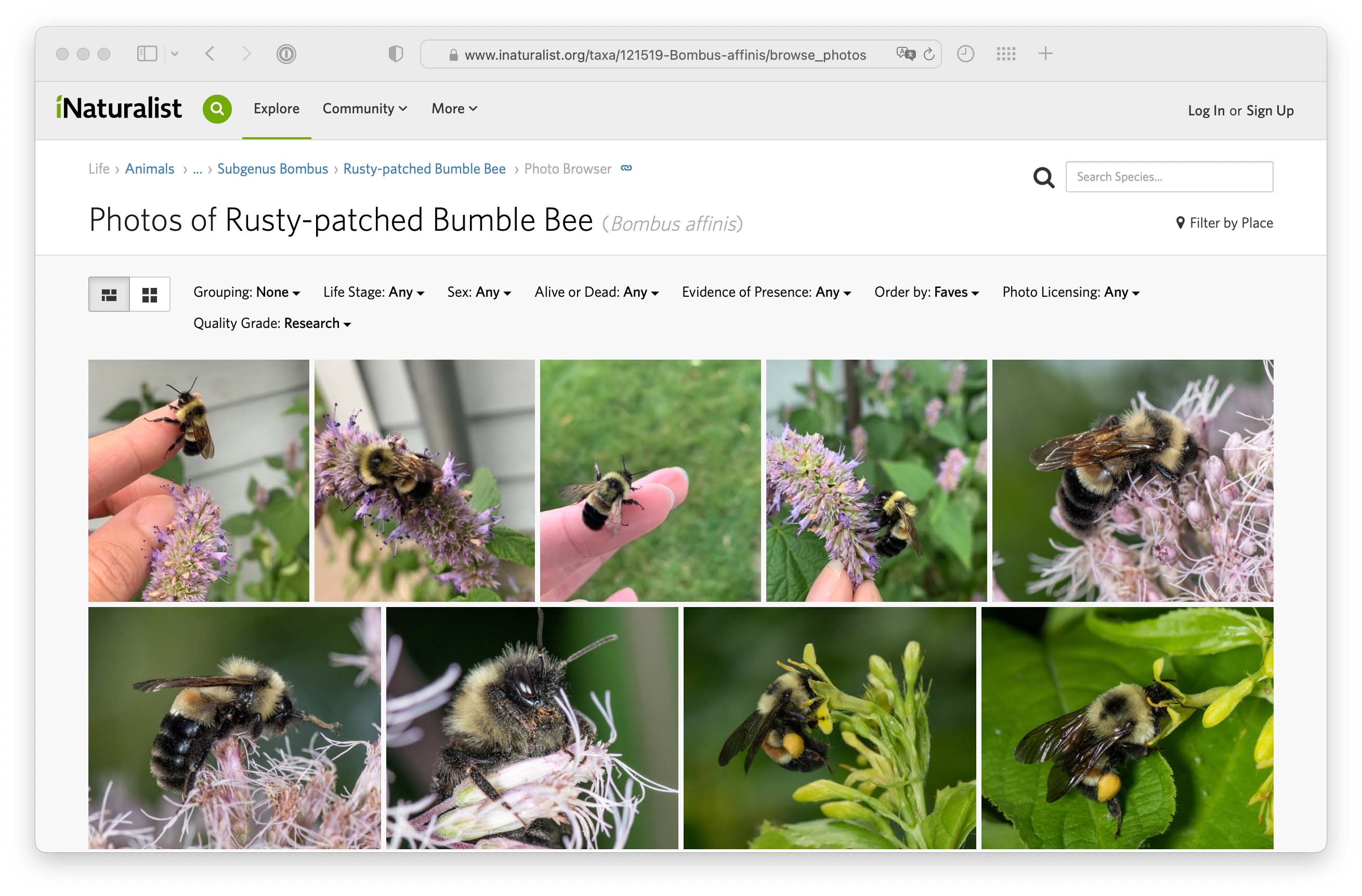
Is there anything in particular about this bumblebee that's made it especially vulnerable?
We did a survey of what people think are the main threats to bees. Over 85 percent of people think pesticide use and the loss of flowers. But it really seems like a disease came in and wiped out that species and a few others. It was such a large landscape, and it was so quick.
The number one threat to our native bees right now, for the ones that are at risk of extinction, is introduced diseases from managed bees from our agricultural system. We don't know what disease might have killed the rusty-patched bumblebee, because it's so hard to find now and it would have been maybe in the '90s. But that's the main hypothesis right now, and there are multiple lines of evidence as to why we think that was the reason.
Why are managed bees a problem?
Honeybees bring in hundreds of different parasites and viruses. Managed bumblebees also have really high disease levels, and they're used increasingly for field pollination in things like tomato and cranberry, but mostly in greenhouses for tomatoes, cucumbers and peppers.
One of the solutions that people think will help solve the problem of bees declining is a honeybee hive. We've actually increased the number one threat to our native bees through people's goodwill and wanting to help. It's all backwards. The number of hives in Montreal, Toronto and New York over the past 10 years has skyrocketed.
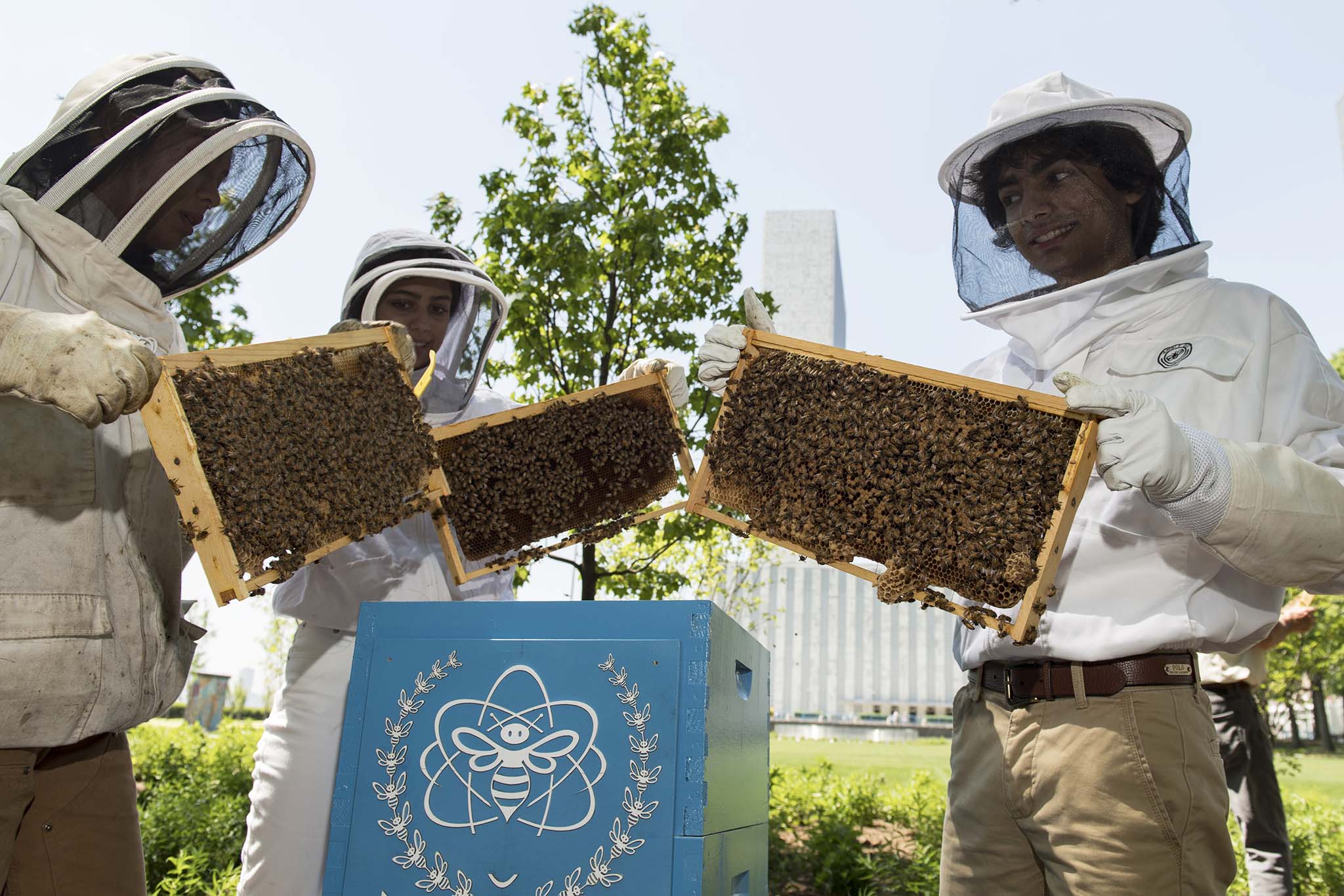
I didn't know there were managed bumblebees.
It's a multimillion-dollar industry. Honeybees are pretty good generalist pollinators for apple orchards, soft fruits, things like that. But they freak out when they're in greenhouses. They need the sun to do their waggle dance and navigation. So bumblebees are used in covered areas because they rely on memorizing landmarks on the ground – they don't need the sun to navigate.
Also, many of our crops need to be buzz-pollinated. Only a few species of bees do this. They grab on and they vibrate at a certain frequency, and that's how those plants are pollinated – roses, tomatoes, peppers, cranberries, blueberries. Those are probably the main reasons why the bumblebee industry has grown so much. It only started in the early '90s, I would say, in North America. And that's about the time it seems these diseases were brought in from Europe. That might have wiped out some of our native bumblebees.
Why does the decline of the rusty-patched bumblebee matter?
It's not just the rusty-patched bumblebee. There are about 50 species of bumblebee in North America, and we think about a quarter of them are at risk of extinction. We don't have good data sets for the over 1,000 species of native bees, but we expect at least a quarter are at risk of extinction. That ends up being quite a lot of species. And there is not a ton of redundancy in our ecosystems.
There's supposed to be 15 bumblebee species in southern Ontario. Some come out [of hibernation] in early May or the last week of April. Some come out early June. Some are finished their colony cycle by July, and some in October. Some species have long tongues, so they visit things like penstemon and orange touch-me-not. Some species like the rusty-patched bumblebee have short tongues, so they visit things like cornflower and goldenrod.
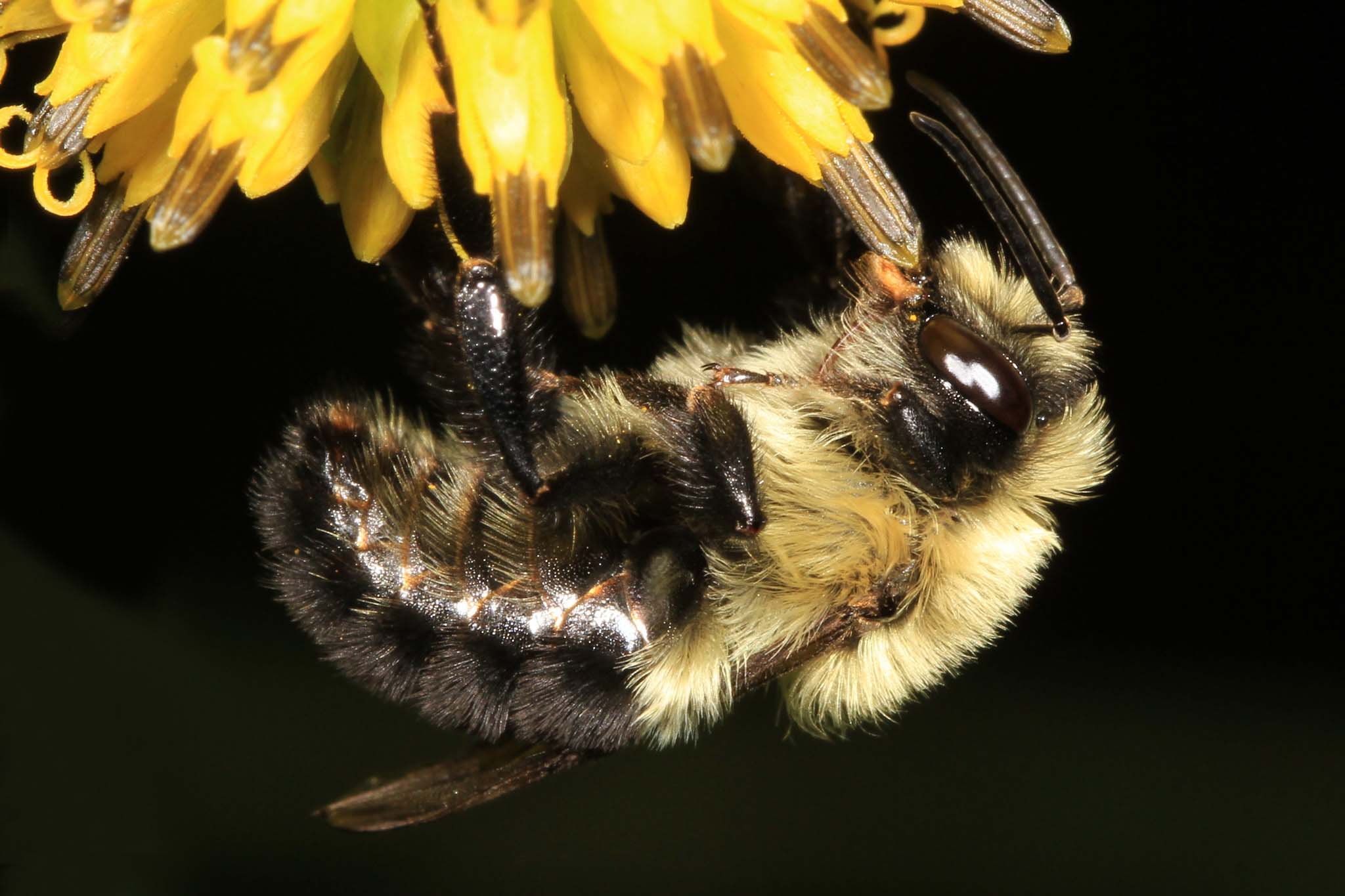
When you think about the diversity of plants, and how some bloom early and some late, and some have these shapes and some these other shapes, if you lose a quarter of your pollinating force, that's actually pretty terrifying. It's hard to study what those impacts would be, but you can imagine they could be quite substantial.
We know with any sort of ecosystem, the more diversity you have, the more resilience you have to any sort of stressor. You need to have species that do different things at different times of the year to build that resiliency, especially as we're going through climate change.
We're talking about North America, but this is true around the world, right?
Exactly. It's been known since the '70s. The more species a system has, the more resilient it is to any sort of perturbation.
Colony collapse disorder came through and knocked out a huge portion of honeybees. If there weren't wild pollinators out in those fields, how would those plants have gotten pollinated? When people study pollination of crops in the field, it turns out that wild pollinators do a lot more pollination than you would expect, even when honeybees are being rented in those fields.
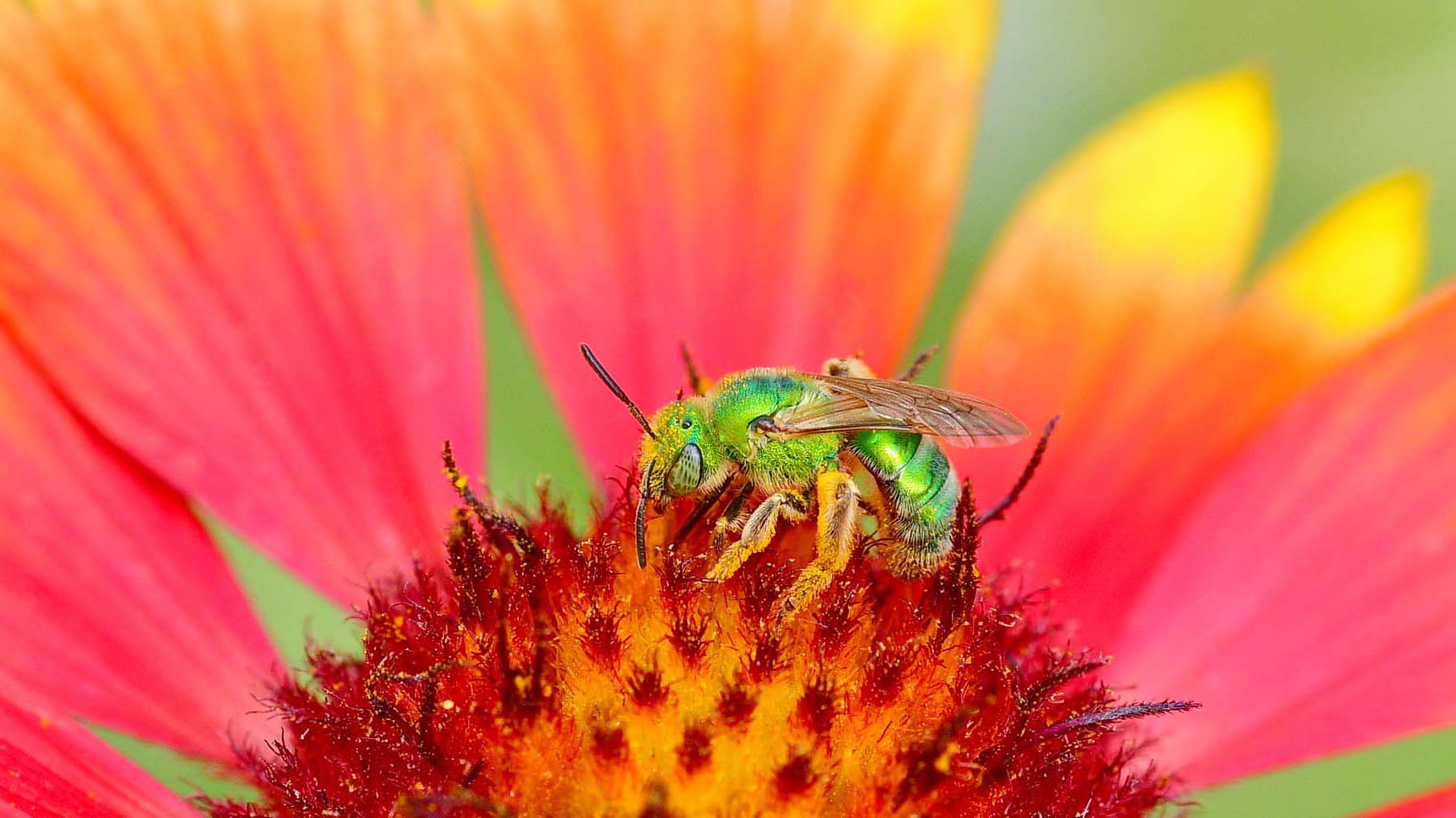
What is the link between pesticides and bee loss?
People think pesticides are one of the main threats to bees, along with the loss of flowers. But for the species that I'm working on, pesticides don't describe the losses that we see because the losses are across protected areas like the Appalachians. The rusty-patched bumblebee has disappeared from most of the Appalachians. So we can't say pesticides are the main threat.
Pesticides work very locally. The loss of flowers and the use of pesticides are actually main threats to the honeybee industry. That's part of the confusion with the messaging that people have been listening to over the years. People think that pesticide use is really harmful. The reality is, a giant cornfield that's treated with a pesticide, or a different pesticide, or even no pesticide is still a terrible place for a wild bee to live.
Don't get me wrong, pesticides aren't doing bees any favours – they're designed to kill insects and they do. But they don't describe the decline that we see.
What about loss of habitat?
It differs across species. Some bees do really well or even better in cities – kind of like raccoons. Some cavity-nesting bees actually love to live inside mortar holes in houses. For those ones, habitat loss is not really a thing. But there's a whole group of bees that are specialists. They might require primrose or aster or goldenrod specifically. Those bees are probably more sensitive to the loss of habitat just because they're so reliant on certain things.
Unfortunately we can't say one thing is the threat, and thus the solution to save all bees. It's so much more complicated than that.
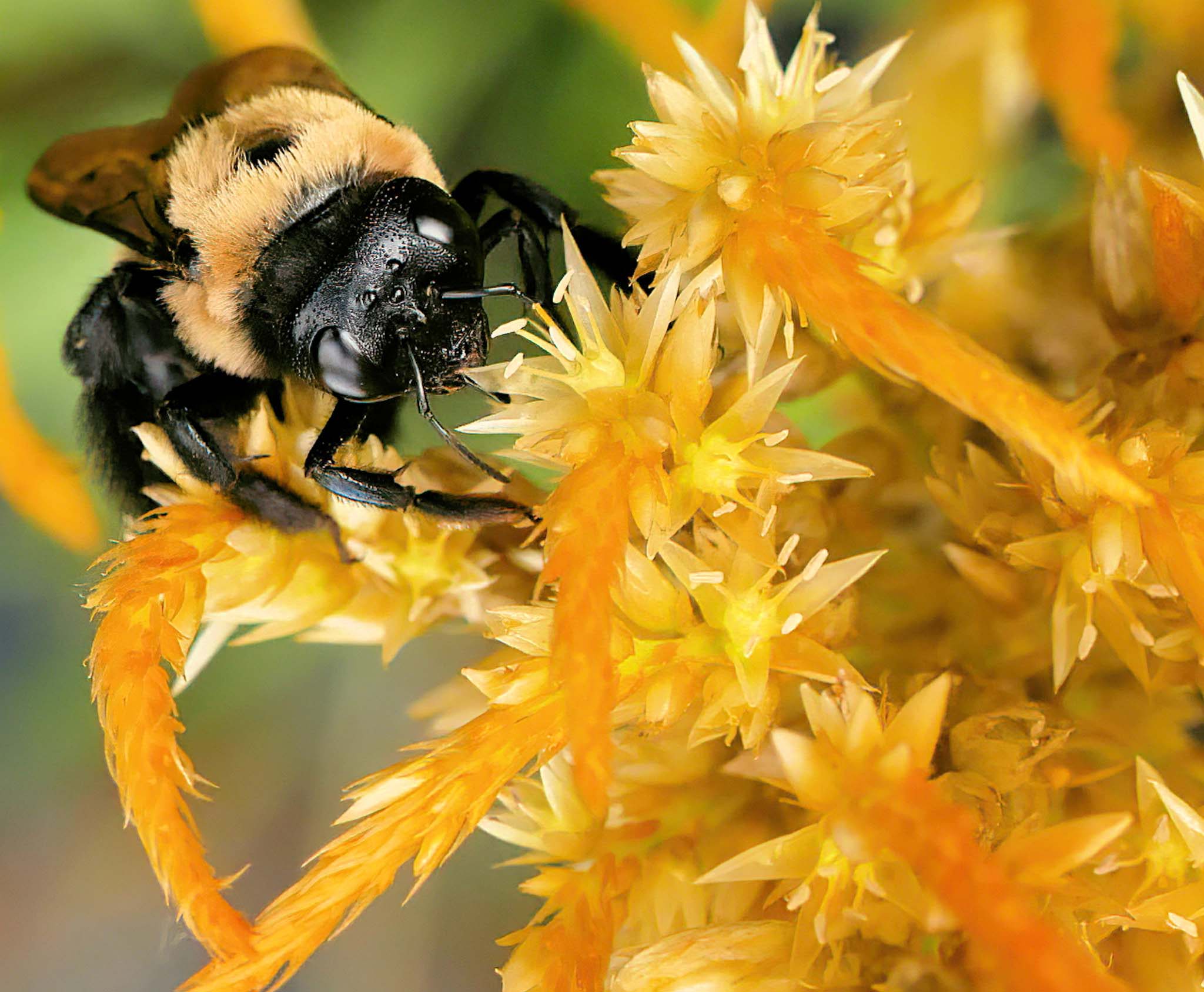
The book is a good guide to native plants in this region. Why are native plants important?
I would say a diversity of native plants is important. There's relationships that we don't even understand. We don't know how different fungi and microbes and insects rely on different plant tissue or pollen or nectar or root systems. But by nurturing plants that you know were here for many years, that have co-evolved here with other species, you're supporting these relationships.
Another thing that is important is Indigenous cultural sovereignty. A lot of the medicine plants have also co-evolved with native pollinators. We can't just replace those relationships with honeybees.
Having things that flower all the way from the spring into the autumn is important. The rusty-patched bumblebee has the longest colony cycle, from April into October. When people plant their pollinator gardens, they usually plant things that bloom in July and August and don’t think about those shoulder seasons.
In the spring, things like pussywillow and eastern redbud and serviceberry and more shrubby things that tend to bloom early on, they support the queens that are coming out of hibernation on the verge of starvation and haven't started their colonies yet. It's a really vulnerable time. Thinking about adding that diversity and supporting those relationships goes a long way.
Trees are important for bees too, right? I think people forget about that sometimes.
Trees are so important. If you think of the number of flowers a tree has, it's a huge amount of resources. And trees do tend to be the early-blooming pollen and nectar sources. When people think of spring, they either think there's no flowers, or they think tulips, crocuses and dandelions are spring flowers. But those are introduced to North America. If you look up, then you're like, oh, that's where it is. That's where the bees are, that's where the first forage plants are. In the forest, there are spring ephemerals that bloom early, like trilliums and spring beauties. But the majority of the resources, at least in the spring, are probably up in trees or shrubs.
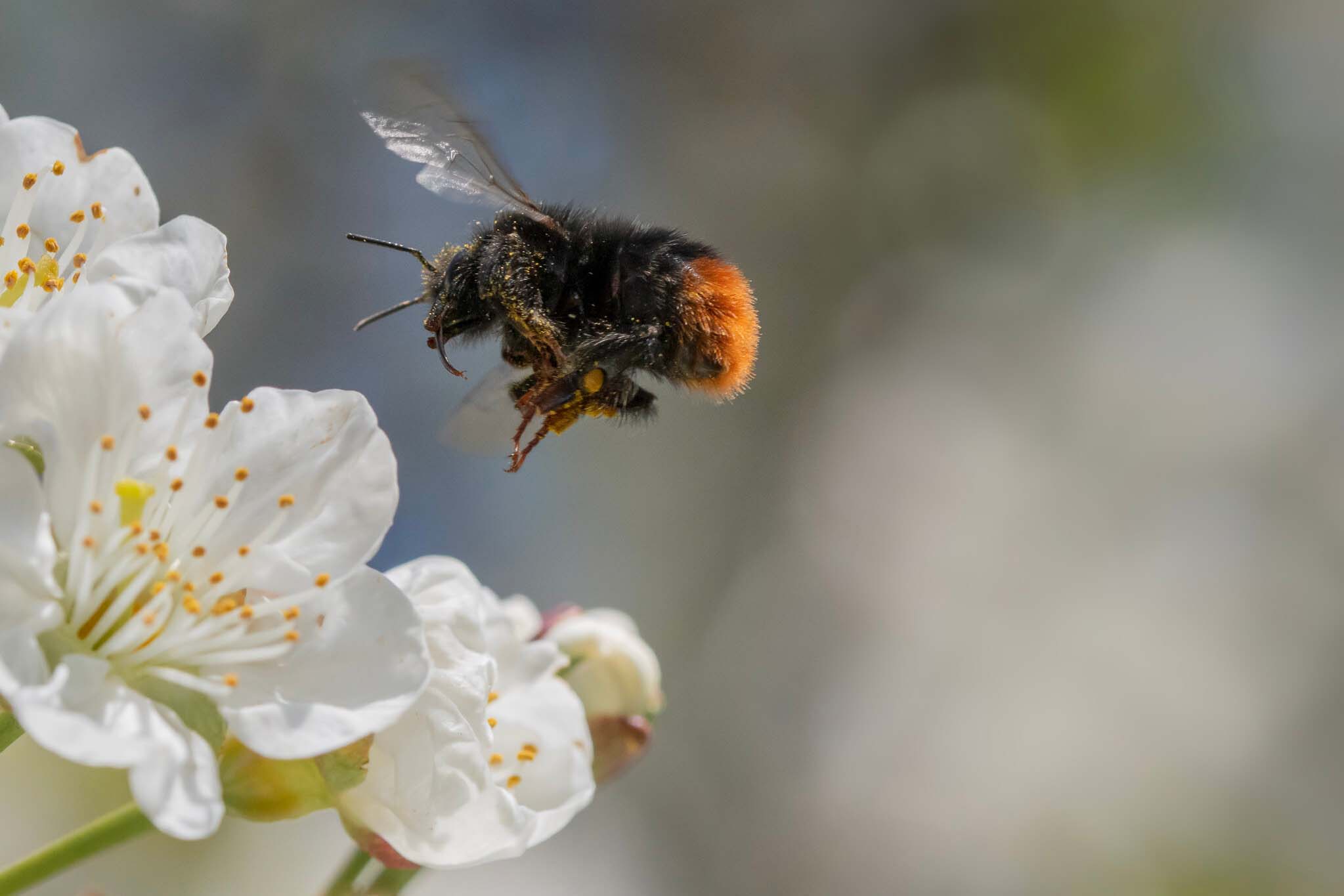
You mentioned that a lot of bees actually do quite well in cities. How important are cities in general?
Cities are so important. In Toronto, we have over 300 species of bees. It's a diversity hotspot in Canada. Similar studies have been done in big cities in Europe and in the States. Cities provide a buffer to some of the threats that pollinators are hit with. If you think about climate change, if there was a drought, people in cities tend to water their flowering gardens. Or if there's an ice storm and a tree is broken, people tend to replant. People are more adaptive in cities to deal with some of the things that might come up with climate change.
There's not a lot of pesticide use in cities, especially where they have pesticide bans. So bees are buffered from that. Cities provide a lot of valuable habitat for wild pollinators and in some ways might be a refuge against other threats that they're faced with in rural areas.
Wild bees are also so important for cities. When you think about community gardens, most people don't have the time or money to buy their own hive or rent a hive, but they require a pollination process from the wild. A lot of community gardens tend to be in more densely populated, lower socioeconomic parts of cities. So there's value to the fruits and vegetables that people eat from community gardens as well – foods that might not otherwise be accessible. There's a whole other food security and food justice component to nurturing native pollinators to allow for that free pollination service that they provide.
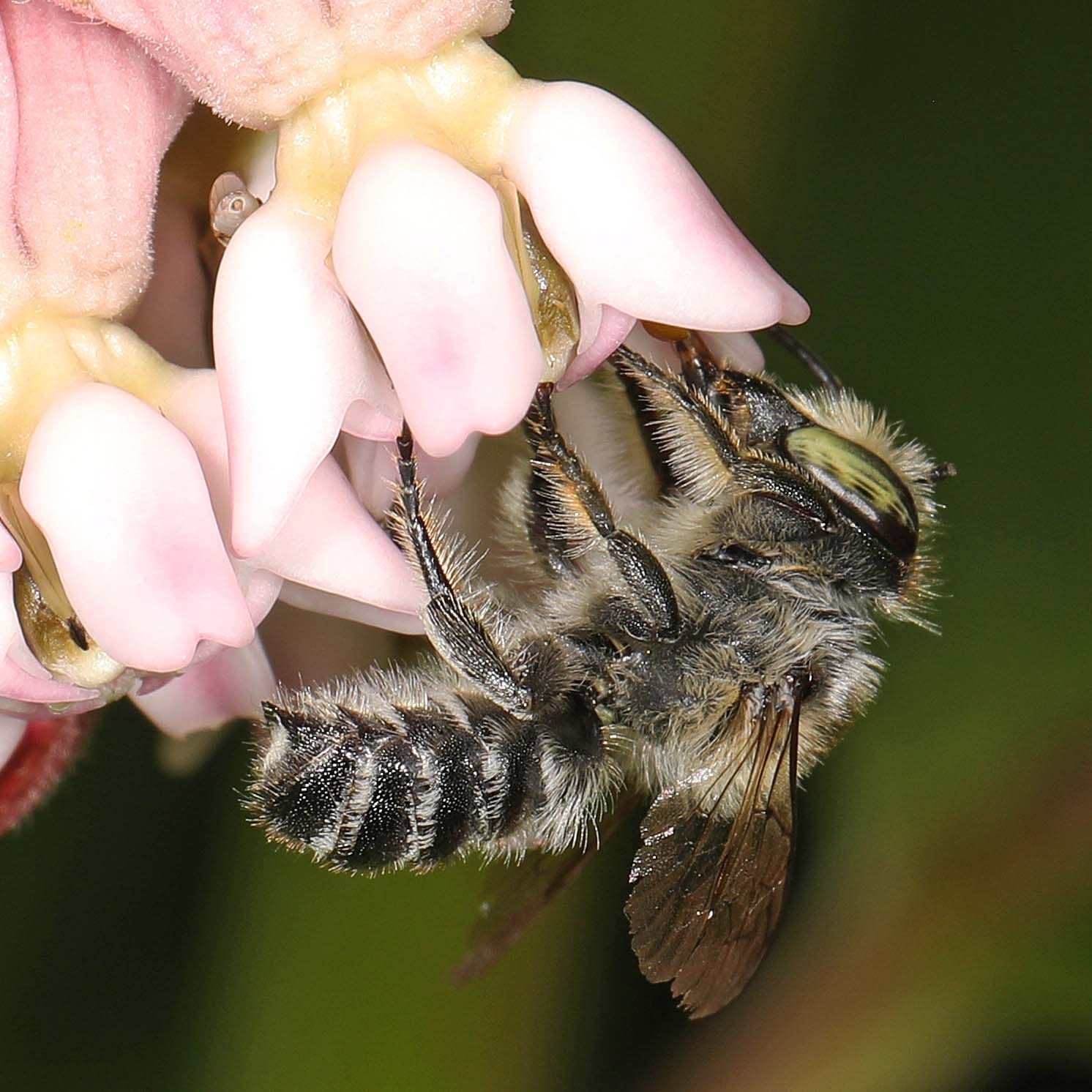
Do you have any tips for people on how to watch bees?
I always say I have such an awesome study system. If it's not too hot, not too windy, not rainy, I just have to go find a field of flowers and I can usually find what I'm looking for. Not like birders that have to be out at 4:30 am, or people who study aquatic invertebrates and have to go into cold streams in March or something.
Then, just pay attention. See if you can see different colour patterns on the bumblebees. Try to get to know the different species of bees you have in your garden, and notice if they behave differently on different flowers, like if you see them buzz-pollinating sunflowers, or there's something called nectar robbing where some bumblebees will go to the back of the flower and drink the nectar without actually going inside the flower. There's the brown-belted bumblebee where the males go on a high perch and you can throw a rock and they'll think it's a female and chase after it. Once you get to know the different things that are in your yard, you can start noticing these different behaviours.
How can people get involved in supporting bumblebees?
As people started to hear about the decline of the rusty-patched bumblebee, anytime there was a bumblebee with any sort of red on its back, they would send us emails. And our inboxes were getting full. So we started a community science project called Bumble Bee Watch. It's a phone app and a website, to steer people into sending their photos that way. [Editor’s note: this project operates in North America; readers in other parts of the world can search for similar organizations in their region.]
We've built an amazing dataset over time from people's pictures. And we have actually found populations of the rusty-patched bumblebee. It's not perfect – there are some bumblebees you just cannot identify from a photo. But the rusty-patched bumblebee is pretty distinctive, as is the common eastern bumblebee, which is the one used in greenhouses. When people from British Columbia started sending us pictures of that, we knew that it was escaping into the wild and establishing. And now we're tracking it in Alberta and Saskatchewan as well.
When people ask how they can help the bees, the number one thing I say is to contribute photos to Bumble Bee Watch or another community science program. Obviously planting plants is another way to support not just pollinators but all sorts of wildlife. So that would be number two. But for that you need access to land and time and resources. Submitting photos is something that anyone can do.




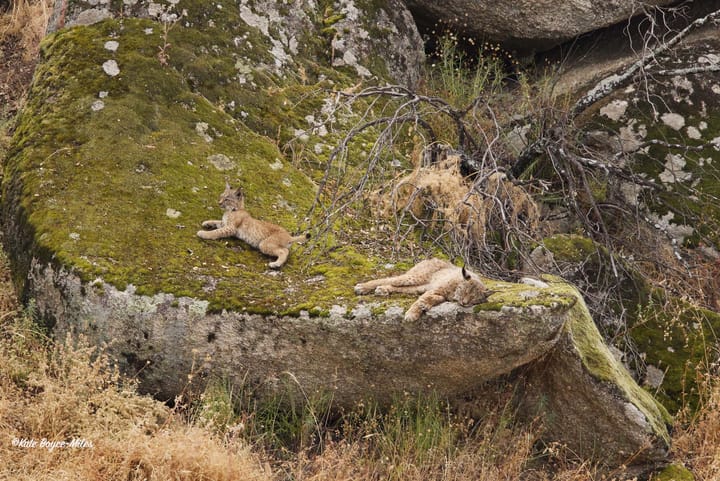
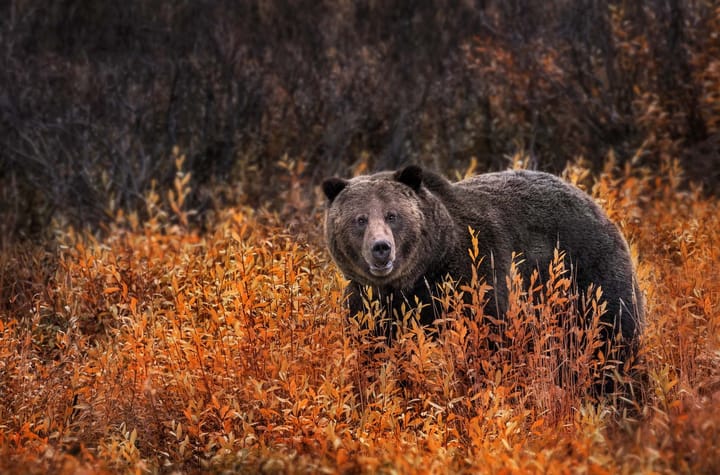


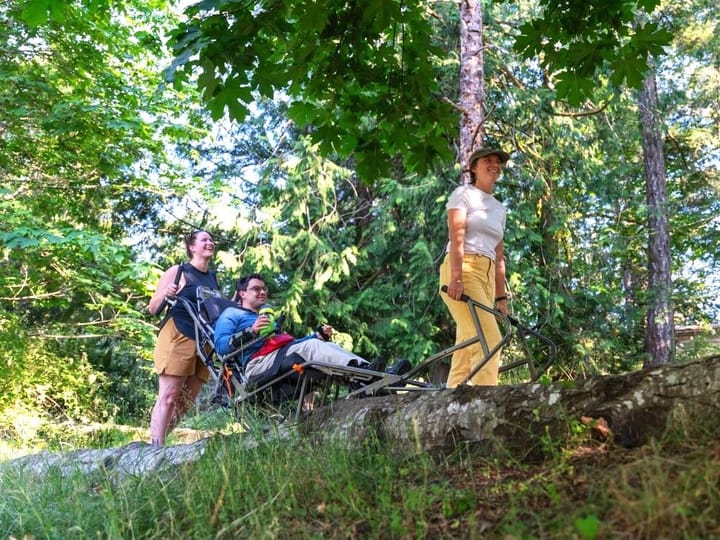

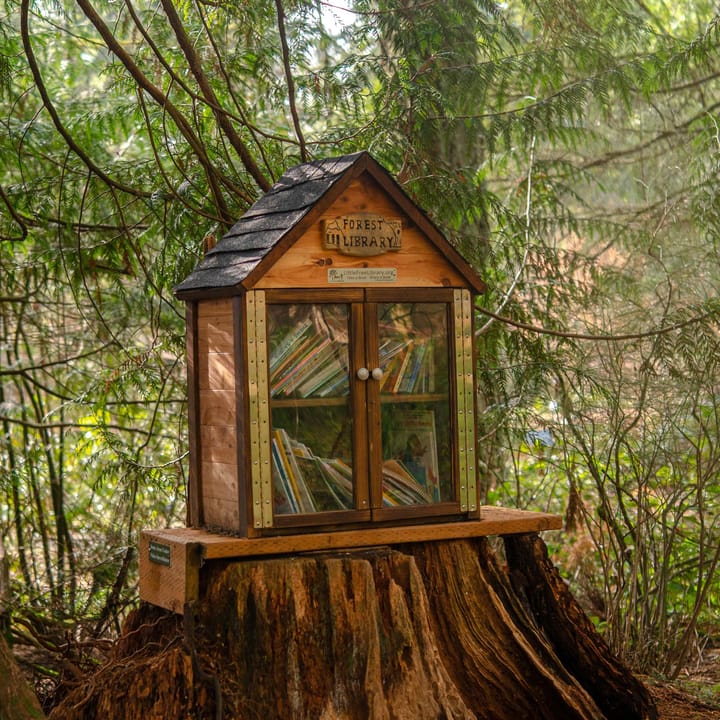
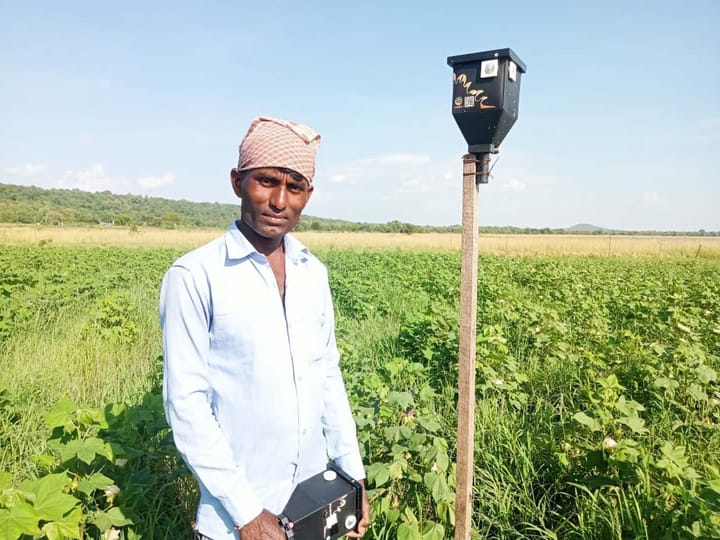
Comments ()